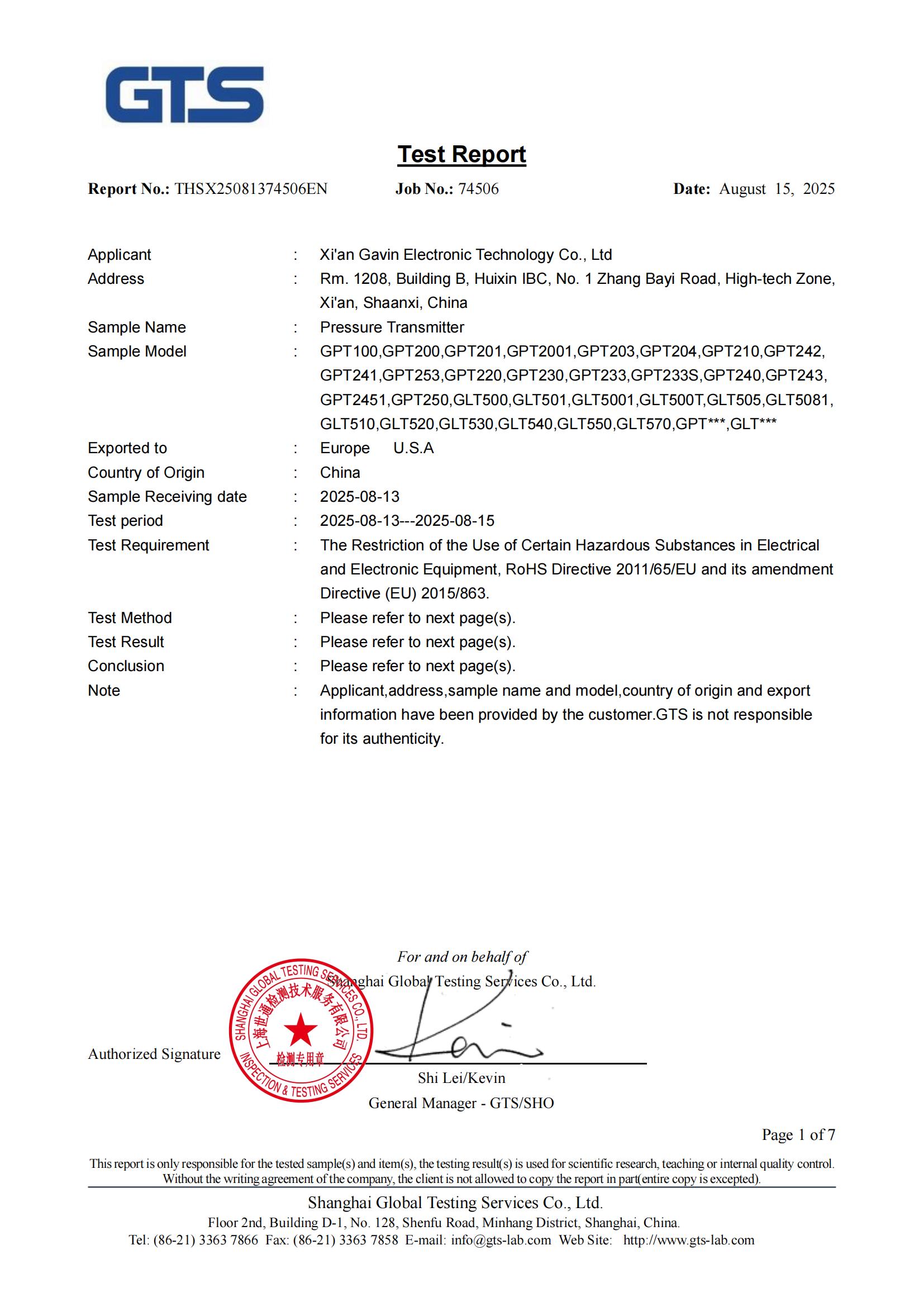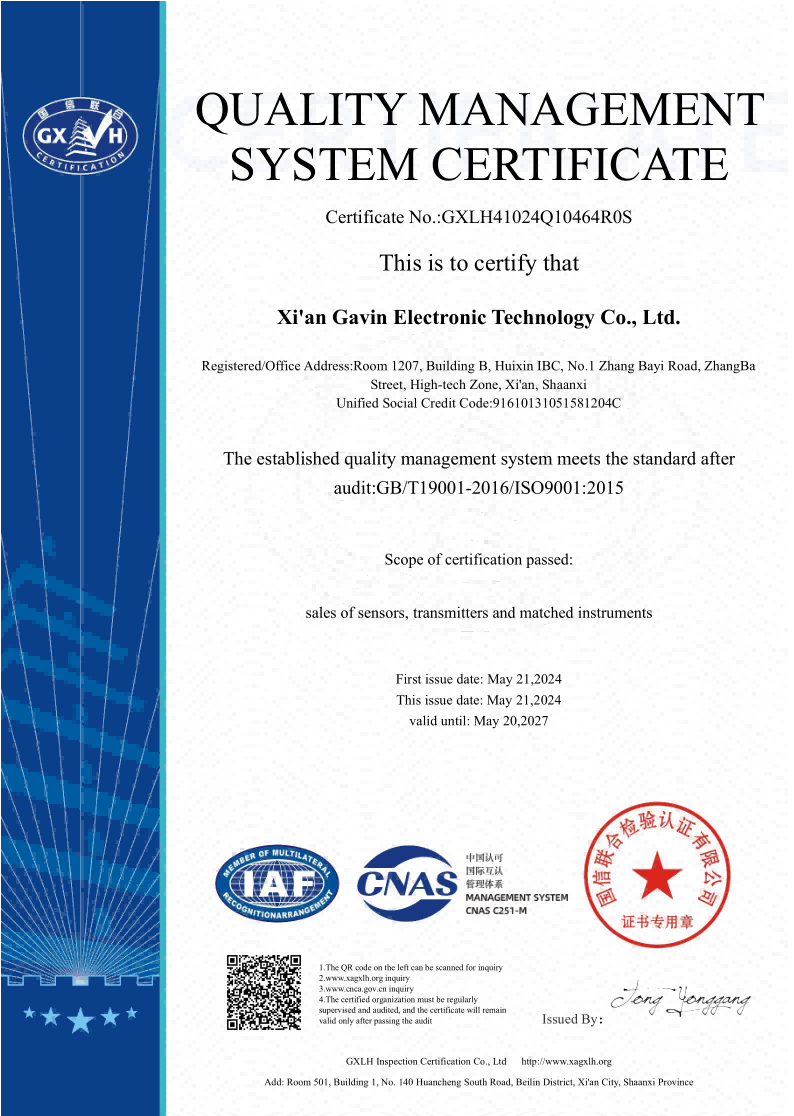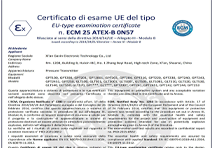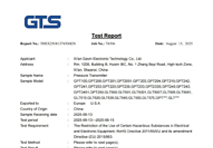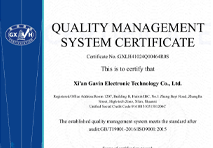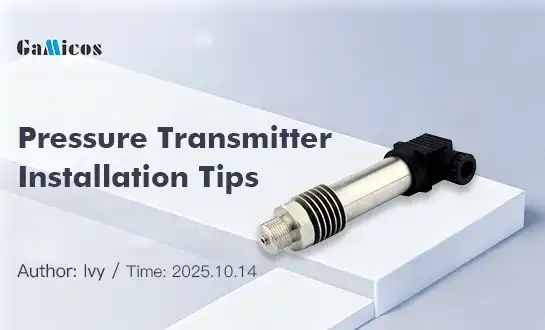Installation Guide for High Temperature Pressure Transducers
Step-by-Step Installation Tips for Transducers
Installing high temperature pressure transducers requires precision and care to ensure accurate measurements in challenging environments. This comprehensive guide walks you through the essential steps, from proper site preparation to final calibration. We'll cover best practices for handling these sensitive instruments, optimal mounting techniques, and strategies to maximize performance and longevity. Whether you're working in industrial processes, aerospace applications, or research settings, mastering the installation of high temperature pressure transducers is crucial for reliable data collection and system safety.
Step-by-Step Installation Tips for Transducers
Preparation and Safety Considerations
Before beginning the installation process, it's crucial to prioritize safety and proper preparation. Ensure the installation area is clean, dry, and free from potential contaminants. Wear appropriate personal protective equipment (PPE), including heat-resistant gloves and safety glasses, especially when dealing with high-temperature environments. Carefully review the manufacturer's specifications and installation guidelines for your specific high temperature pressure transducer model.

Mounting and Positioning
Correct mounting is crucial for accurate measurements and long-term reliability of your high temperature pressure transducer. Choose a location with stable temperatures and minimal vibration exposure. Use suitable mounting hardware to securely fasten the transducer, ensuring it remains stable during operation. Carefully consider the device’s orientation, as certain models have specific positioning requirements to achieve optimal performance and maintain precise readings throughout their service life.
Electrical Connections and Wiring
When connecting your high temperature pressure transducer, use high-quality, heat-resistant wiring compatible with the operating environment. Adhere closely to the manufacturer’s wiring diagram to ensure correct connections. Apply proper strain relief to prevent mechanical stress on the wires. In environments prone to electromagnetic interference, opt for shielded cables to preserve signal accuracy and maintain reliable, stable readings throughout the transducer’s operation.
Optimizing Performance of High Temperature Transducers
Thermal Management Strategies
Effective thermal management is critical for maintaining the accuracy and longevity of high temperature pressure transducers. Implement cooling strategies such as heat sinks or forced air cooling when necessary. Consider using thermal isolation techniques to protect sensitive electronics from extreme temperatures. Regularly monitor the ambient temperature around the transducer to ensure it remains within the specified operating range.
Calibration and Verification
Consistent calibration is vital to preserve the accuracy of your high temperature pressure transducer. Establish a calibration schedule aligned with the manufacturer’s guidelines and your specific operational needs. Utilize certified calibration equipment and adhere to standardized procedures to achieve dependable results. Keep detailed records of all calibration activities to ensure quality assurance, maintain traceability, and support ongoing reliability and performance of the transducer in demanding industrial applications.
Maintenance and Inspection Routines
Establish a regular maintenance and inspection schedule to ensure your high temperature pressure transducer operates at peak performance. Inspect for physical damage, corrosion, or contamination, and confirm that all connections are secure and free from oxidation. Clean the transducer following the manufacturer’s instructions, taking care to protect sensitive components, and address any issues promptly to maintain accuracy, reliability, and the overall longevity of the device in demanding industrial environments.
Ensuring Accuracy in High Temperature Environments
Temperature Compensation Techniques
To ensure accurate readings across varying temperatures, many high temperature pressure transducers use built-in temperature compensation techniques. Understand the specific compensation methods employed by your transducer model. Certain advanced systems may also require extra configuration or calibration steps to maximize the effectiveness of temperature compensation.
By properly configuring and maintaining these features, you can achieve reliable, precise measurements even in challenging environments with wide temperature fluctuations, enhancing the overall performance and longevity of your pressure measurement system.
Signal Processing and Data Acquisition
Effective signal processing is essential for obtaining precise measurements from high temperature pressure transducers. Employ high-quality data acquisition systems with suitable resolution and sampling rates. Apply signal conditioning methods, including filtering and amplification, where necessary. For enhanced noise resistance in demanding industrial settings, consider utilizing digital communication protocols. Proper implementation of these techniques ensures reliable, accurate data, maintaining the performance and integrity of your pressure measurement system under challenging conditions.
Troubleshooting Common Issues
Anticipate and prepare for common challenges with high temperature pressure transducers. Create troubleshooting procedures for issues like signal drift, noise, or loss. Learn to use the diagnostic features of both the transducer and its supporting instrumentation. Keep a supply of essential spare parts on hand to reduce downtime in the event of component failure, ensuring continuous operation and maintaining measurement accuracy in demanding industrial environments.
Conclusion
Successfully installing and maintaining high temperature pressure transducers requires a combination of technical knowledge, attention to detail, and adherence to best practices. By following this comprehensive guide, you can ensure reliable performance and accurate measurements in even the most challenging high-temperature applications. Remember that ongoing maintenance, calibration, and monitoring are key to maximizing the longevity and effectiveness of your pressure measurement system.
Experience the Precision of Pressure Transducers - GAMICOS
GAMICOS, a leading manufacturer and supplier of high-quality pressure and level measurement solutions, offers state-of-the-art high temperature pressure transducers designed for exceptional performance in demanding industrial environments.
- Advanced Technology: GPT220 high temperature pressure transducers feature a 316L stainless steel isolation diaphragm and imported high-temperature resistant chips.
- Strict Quality Control: Every product undergoes rigorous quality assurance to ensure reliability and accuracy.
- Global Experience: Serving clients in 98 countries, GAMICOS brings extensive industry expertise.
- Professional Support: Access to expert technical guidance and comprehensive after-sales service.
- Trusted Partner: Reliable, innovative solutions designed to enhance industrial operations.
Trust our expertise for your high temperature pressure measurement needs. Contact us at info@gamicos.com to learn how our innovative products can enhance your operations.
References
1. Johnson, A. R., & Smith, B. T. (2021). Advanced Techniques in High Temperature Pressure Measurement. Journal of Industrial Metrology, 45(3), 287-302.
2. Patel, S. K. (2020). Handbook of High Temperature Pressure Transducer Installation and Maintenance. New York: Industrial Press.
3. Yamamoto, H., & Lee, C. S. (2022). Calibration Methods for High Temperature Pressure Sensors in Aerospace Applications. IEEE Transactions on Instrumentation and Measurement, 71(5), 1-12.
4. Rodriguez, M. E., & Chen, X. (2019). Thermal Management Strategies for Pressure Transducers in Extreme Environments. International Journal of Heat and Mass Transfer, 138, 1154-1167.
5. Kovalenko, V., & Nguyen, T. H. (2023). Signal Processing Techniques for Improving Accuracy in High Temperature Pressure Measurements. Measurement Science and Technology, 34(2), 025007.

Spring
Spring, With 5 years of experience in sensor technology and product development, Mark specializes in helping clients identify the optimal pressure and level sensor solutions for demanding industrial environments。
We're here to help — submit your request anytime!
Let us know how we can help solve your pressure level measurement challenge.
Recommended Blog
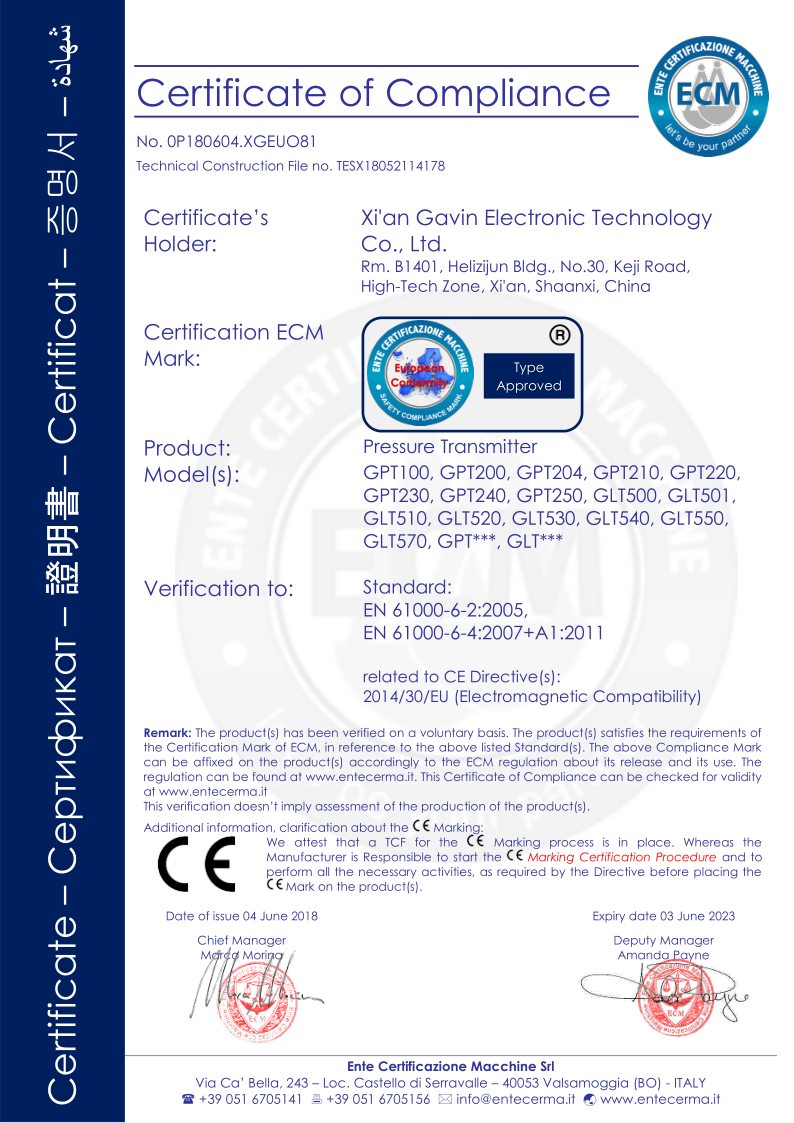
_1757930850792.jpg)
